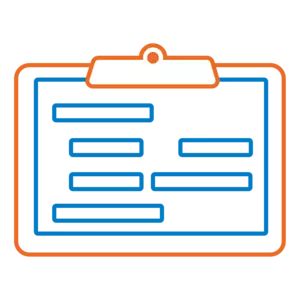Learn About Medicare
A helpful resource to understanding and comparing Medicare plans.
New to Medicare? Excellus BlueCross BlueShield is here to help.
Choosing the right Medicare plan is an important decision, but it doesn’t have to be a difficult one.
Excellus BCBS has helped members navigate the world of health care for nearly 90 years, delivering quality coverage at an affordable cost. And now, as you start your Medicare journey, we can provide local, personalized support to help you understand your plan options and find the Medicare solution that’s best for you. That way, everybody benefits.
Throughout these sections, you can learn Medicare basics, compare plans, and prepare to enroll.
Learn Medicare basics
Understanding Medicare starts with the basics. In this section, you’ll learn about:
Enroll or switch your plan
Ready to learn more about enrolling in Medicare or switching your plan? In this section you’ll learn about:
- How to enroll
- Working past 65
- Late enrollment penalties and more
Ready to enroll? Our team is here to help
Excellus BCBS is here to support you and help keep Medicare enrollment simple. We’ve been working to make health coverage more accessible and affordable for everyone in our community for nearly 90 years, and our local Medicare Consultants are available to help you with all things Medicare.

Get help from our team
Our dedicated local Medicare Consultants are here to answer all your Medicare questions.

Enroll online
Ready to enroll in Medicare? Excellus BCBS makes it easy to enroll online or over the phone.
Excellus BlueCross BlueShield is an HMO/PPO/HMO D-SNP plan with a Medicare contract and a contract with the New York State Medicaid program. Enrollment in Excellus BlueCross BlueShield depends on contract renewal. Submit a complaint about your Medicare plan at www.Medicare.gov or learn about filing a complaint by contacting the Medicare Ombudsman. Y0028_11355_C.
This page last updated 10-01-2025.




